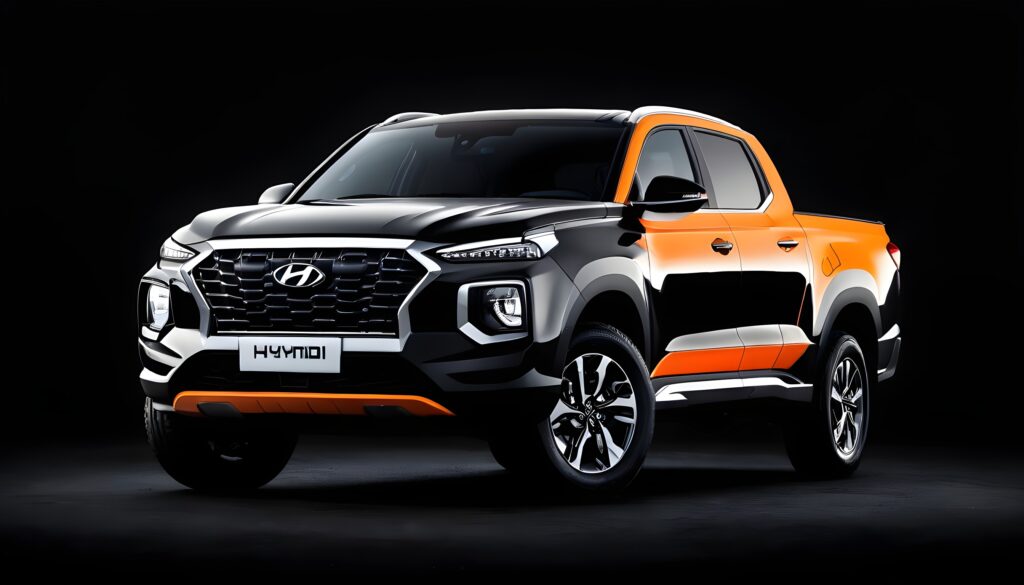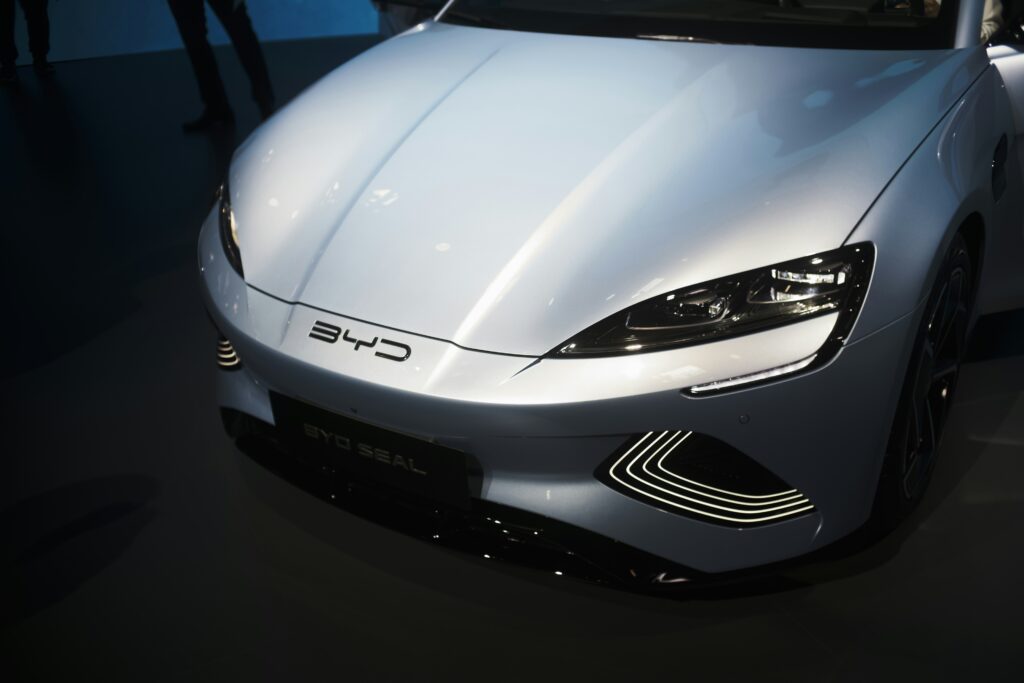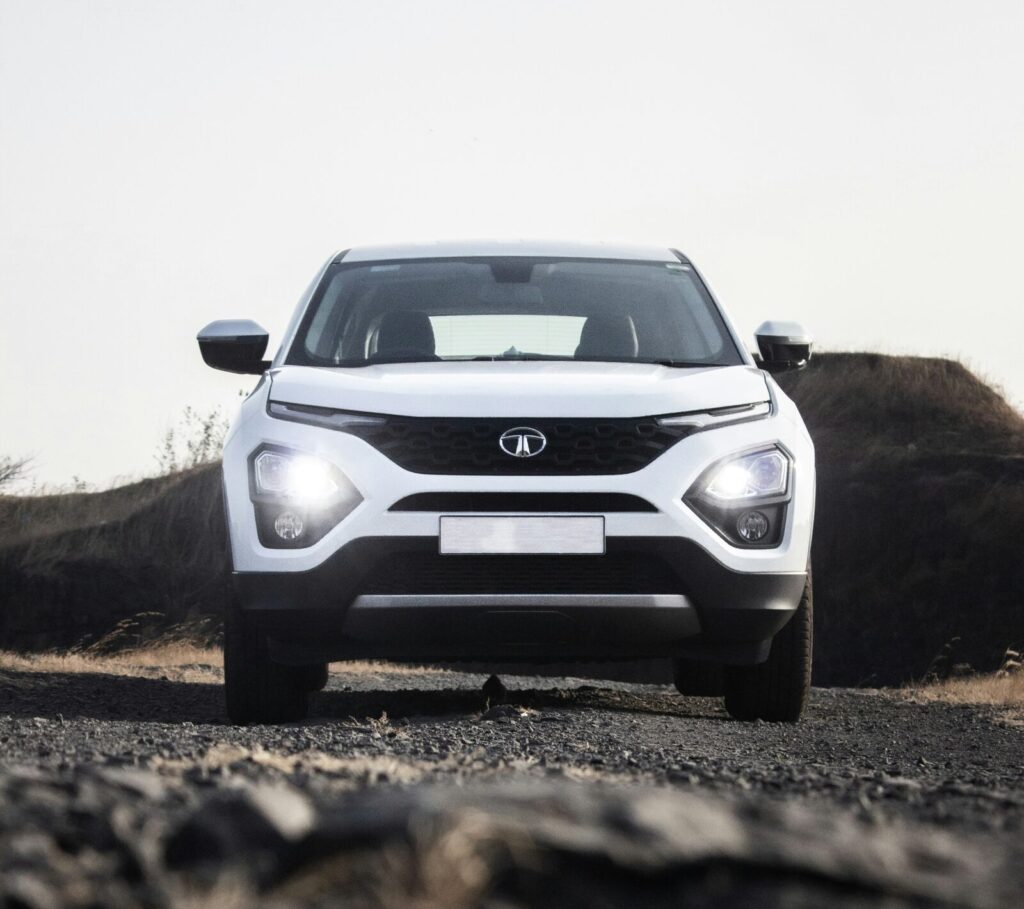Kathmandu || From mid-July 2023 to mid-June 2024 (Shrawan-Jestha), Nepal saw a significant influx of electric vehicles (EVs), importing 11,466 units of cars, jeeps, and vans worth over Rs 29 billion, as per the Department of Customs (DoC). This period generated around Rs 13.06 billion in government revenue from these imports. By the end of Baisakh, 8,497 EVs had been brought into the country, with 1,404 units arriving in Baisakh alone. Jestha experienced a notable surge with 2,969 EVs imported, reflecting an increase of over 25% compared to the previous month.

During the combined months of Baisakh and Jestha, nearly 4,000 EVs were imported. Specifically, Nepal imported 4,344 electric vehicles with a capacity of up to 50 kW and 6,885 EVs with capacities between 51 kW and 100 kW. Additionally, 209 four-wheeler EVs with capacities ranging from 101 kW to 200 kW, 27 EVs with capacities from 201 kW to 300 kW, and one EV exceeding 300 kW were brought in.

China emerged as the leading source of these EVs, with 7,931 units imported over the eleven months. India followed with 3,277 units, while smaller quantities came from Indonesia (150 units), South Korea (82 units), Germany (23 units), and the United States (3 units). This underscores China’s dominance in Nepal’s EV market, accounting for over 70% of imports.
In a recent development, the Nepalese government raised taxes on electric vehicles as part of the budget for the fiscal year 2081/82. Customs and excise duties now vary based on the motor capacity of the vehicles, leading to higher taxes across different categories. In Jestha alone, 2,969 units worth Rs 7.91 billion were imported, generating Rs 3.69 billion in revenue, and accounting for 26% of all car imports during this period.





